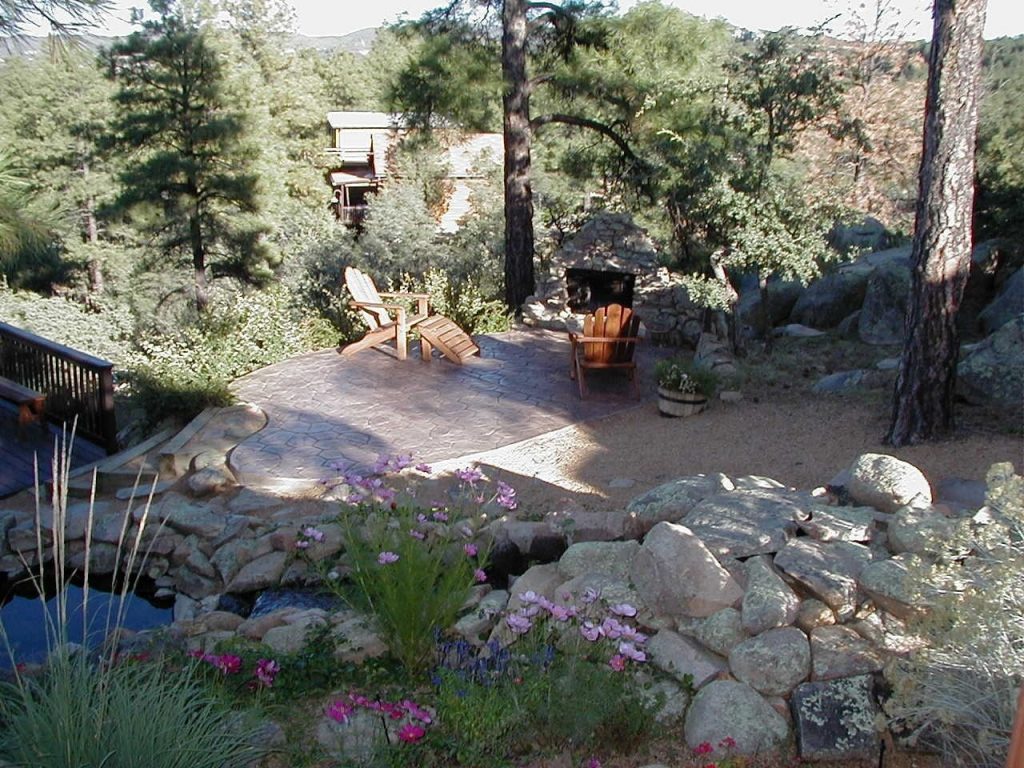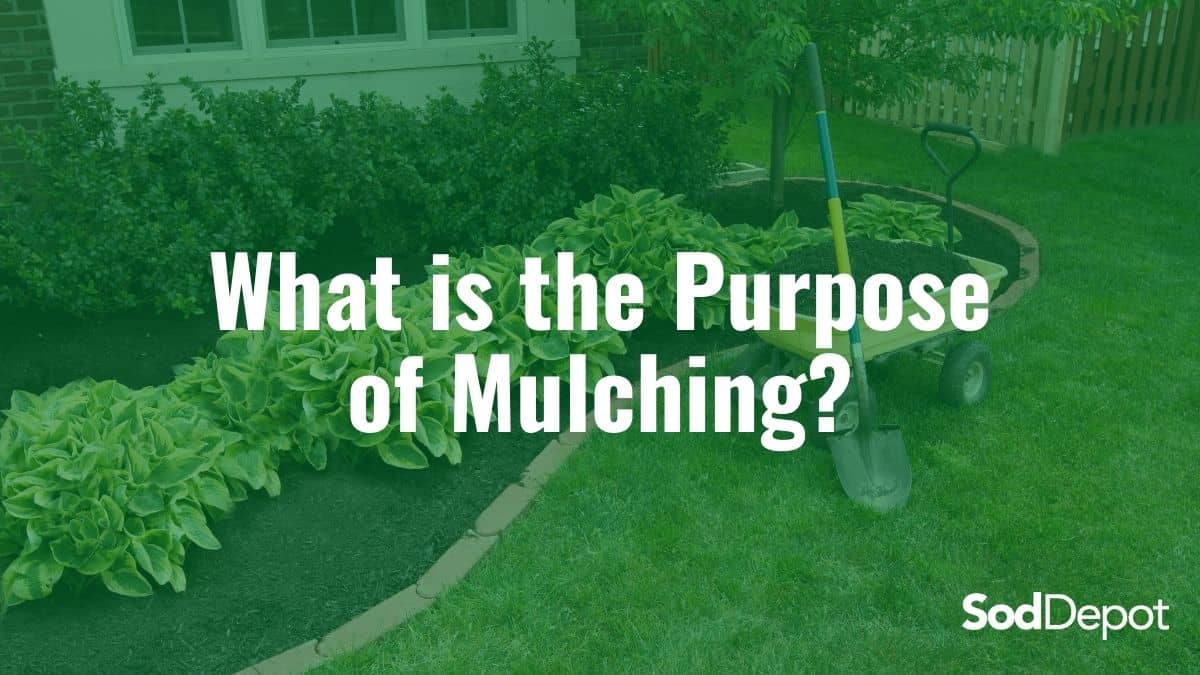The 15-Second Trick For Hilton Head Landscapes
The 15-Second Trick For Hilton Head Landscapes
Blog Article
All About Hilton Head Landscapes
Table of ContentsHilton Head Landscapes Fundamentals ExplainedHilton Head Landscapes for BeginnersSee This Report about Hilton Head LandscapesThe Definitive Guide for Hilton Head Landscapes10 Simple Techniques For Hilton Head LandscapesEverything about Hilton Head LandscapesThe 10-Second Trick For Hilton Head LandscapesHilton Head Landscapes Can Be Fun For Anyone
Type compatibility is also a major element of unity in designone or more strikingly various types are good for contrast and focus, however usually all other forms ought to have some resemblances for a linked appearance. Texture refers to just how coarse or great the surface of the plant or hardscape product feels and/or looks.
Examples of plants with rugged appearance consist of philodendrons, agaves, bromeliads, hollies, palms, and hydrangeas. Characteristics that create fine structure include small vegetation; slim, strappy fallen leaves (grasses) or high, thin stems; small, dense branches and tiny branches; long stems (creeping plants); and little, fragile blossoms.
Not known Details About Hilton Head Landscapes
The majority of plants are average structure, in that they can not be described as having either coarse or fine texture. Medium-textured plants act as a background to link and merge the rugged- and fine-textured plants.

To make a space feel smaller sized, place the coarse textures along the external border and the great appearances closest to the viewer. The information of the rugged texture makes the plants show up closer and makes the space feel smaller sized. The regarded structure of plants can likewise transform with the distance from the plant.
Unknown Facts About Hilton Head Landscapes
Bold shades raise the contrast and make the appearance show up coarser, while low-key shades can squash appearance. Hardscape with a crude texturesuch as really rough rocks and strong, large timberstends to make all plant product appear more medium textured. Developers frequently create a structure research study (Figure 8) on paper to assist make a decision the arrangement of plant products.
Figure 8. Texture study. Color in plant product and hardscape adds interest and variety to the landscape. Shade is the most conspicuous component in the landscape and is typically the focus of many home owners; however, it is also one of the most momentary component, usually lasting just a few weeks a year for specific plants.
Some Known Factual Statements About Hilton Head Landscapes
A simple summary of the shade wheel consists of the three key shades of red, blue, and yellow; the three additional shades (a mix of two primaries) of eco-friendly, orange, and violet; and six tertiary colors (a mix of one adjacent primary and secondary shade), such as red-orange. Color theory discusses the partnership of shades to each various other and exactly how they need to be made use of in a composition.

Analogous (sometimes called unified) color pattern are any kind of 3 to 5 colors that are adjacent on the shade wheel, such as red, red-orange, orange, yellow-orange, and yellow, or blue, blue-violet, and violet (landscapers hilton head island). The shades are associated to each other due to the fact that they normally include two primaries blended to form a secondary and two tertiary colors, which implies they share typical homes
They tend to have high comparison between them. One of the most typical sets are violet and yellow, red and green, and blue and orange. Complementary shades are typically discovered naturally in flowers; a typical set is yellow and violet. Color is found in the flowers, foliage, bark, and fruit of plants.
Everything about Hilton Head Landscapes
Green vegetation in all its various shades is the leading color by amount, but other colors capture interest extra easily due to their high contrast to the shade eco-friendly. Color is also discovered in buildings, rocks, pavers, timber, and furnishings. The majority of shades in natural products, such as stone and timber, are generally soft and tend to be variants of brownish, tan, and pale yellow.
Shade is a crucial aspect for developing rate of interest and range in the landscape. Shades have residential or commercial visit this page properties that can impact emotions, spatial understanding, light top quality, equilibrium, and focus. One home of color is described about temperaturecolors seem great or cozy and can affect emotions or feelings. Cool colors tend to be relaxing and must be used in areas for relaxation and serenity.
The Buzz on Hilton Head Landscapes
The "temperature level" of colors can additionally affect the understanding of distance. Trendy shades tend to recede and are viewed as being further away, making a space really feel larger. Cozy colors often tend to development and are perceived as being better, making a space really feel smaller. Shade can also be used to capture attention and direct views.
For instance, brilliant yellow, which has the greatest strength, likewise has a high contrast with all other colors (commonly referred to as a "pop" of color) and must be made use of moderately. A percentage of intense color has as much visual weight as a huge quantity of an extra restrained or weak color.
Similar (sometimes called harmonious) shade systems are any kind of three to 5 colors that are surrounding on the color wheel, such as red, red-orange, orange, yellow-orange, and yellow, or blue, blue-violet, and violet. The shades relate to every other since they typically consist of two primaries mixed to develop a secondary and 2 tertiary colors, which implies they share typical buildings.
About Hilton Head Landscapes
They tend to have high comparison between them. One of the most typical sets are violet and yellow, red and environment-friendly, and blue and orange. Complementary shades are usually located naturally in blossoms; a typical pair is yellow and violet. Shade is discovered in the blossoms, foliage, bark, and fruit of plants.
Eco-friendly foliage in all its numerous shades is the leading color by amount, however various other shades catch focus quicker since of their high contrast to the shade green - Landscapers near me - https://www.find-us-here.com/businesses/Hilton-Head-Landscapes-Hilton-Head-Island-South-Carolina-USA/34094024/. Color is also found in structures, rocks, pavers, timber, and furniture. Many colors in natural materials, such as rock and wood, are typically low-key and have a tendency to be variants of brown, tan, and light yellow
Some Known Incorrect Statements About Hilton Head Landscapes
Color is a crucial aspect for developing rate of interest and variety in the landscape. Shades have properties that can affect feelings, spatial understanding, light quality, balance, and emphasis. One property of shade is explained about temperaturecolors seem cool or cozy and can affect feelings or feelings. Cool colors often tend to be relaxing and must be utilized in areas for leisure and calmness.
Amazing shades often tend to decline and are perceived as being further away, making a space really feel larger. Color can also be made use of to record focus and straight views - https://dc-washington.cataloxy.us/firms/www.hiltonheadlandscapes.com.htm#google_vignette.
As an example, bright yellow, which has the highest intensity, also has a high comparison with all various other shades (commonly explained as a "pop" of shade) and ought to be conserved. A little amount of extreme shade has as much aesthetic weight as a big quantity of a much more restrained or weaker shade.
Report this page